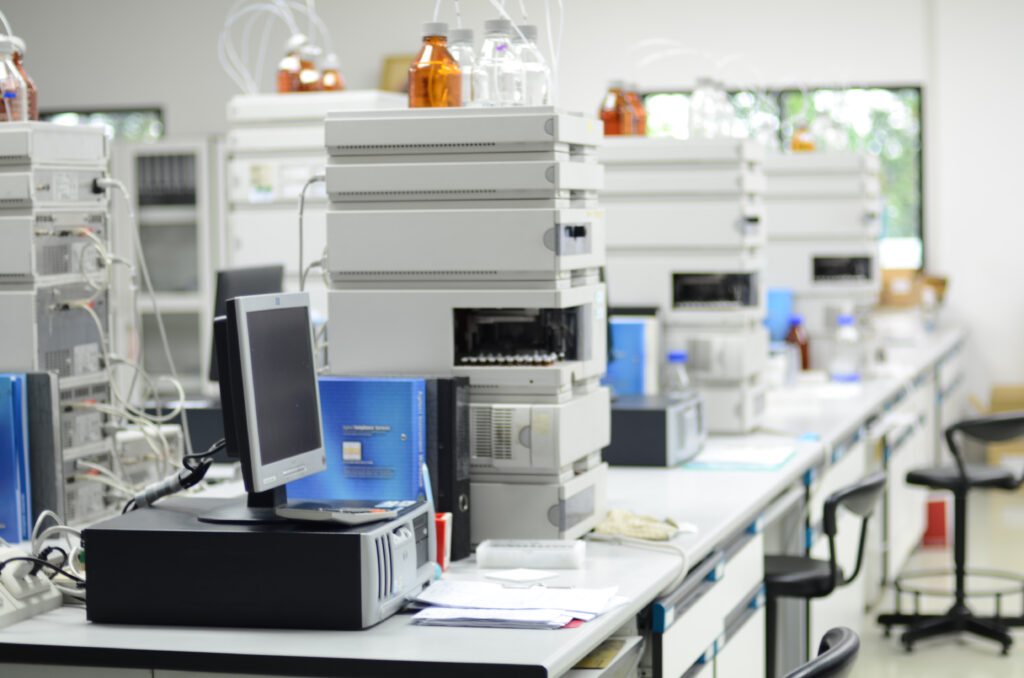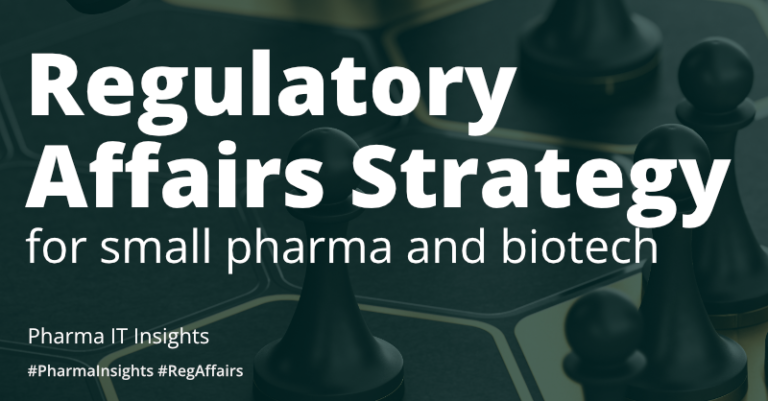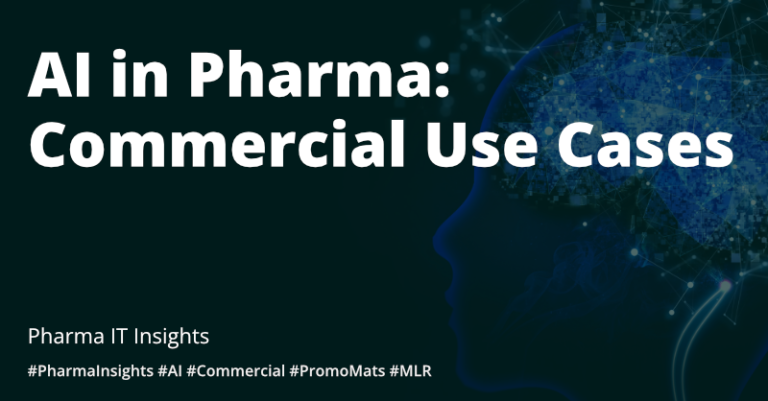Pharma IT Insights
Importance of European Pharmacopeia Monitoring for GMP Compliance
By Torben Elhauge
March 15, 2022
Pharma IT Insights
Importance of European Pharmacopeia Monitoring for GMP Compliance
By Torben Elhauge
March 15, 2020
Share on email
Share on linkedin
Share on twitter
Share on skype
Share on facebook
This Insight underscores the importance of monitoring the European Pharmacopeia texts before they become official. To do so, Torben Elhauge highlights the latest revised general monograph 2.2.46 Chromatographic Separation Techniques.
Ensuring compliance with the European Pharmacopeia (Ph. Eur.) is a cornerstone of European GMP compliance. All raw material testing must be done in accordance with the monograph in Ph. Eur. including general monographs, general chapters, and general notices. Medicinal products must also comply with the dosage form monograph including general monographs, general chapters, and general notices.
New texts are implemented in Ph. Eur. four times each year through supplements. As some of the changes could take a long time to implement, it is crucial to be prepared.
One example is the new 2.2.46 Chromatographic Separation Techniques text, which has been signed off in the pharmacopeial discussion group. The harmonized text will be included in Ph. Eur. 11.0, 1 January 2023. Before this date, the changes must be included in your lab.

Take note of these upcoming changes in the new harmonized text
2.2.46 Chromatographic Separation Techniques
The harmonized text (Ph. Eur, USP and JP) will demand a change in the way all high-performance liquid chromatography (HPLC) tests are run for Active Pharmaceutical Ingredients (API), Excipients, and medicinal products. We’ve included some of the most relevant changes below.
The change that will impact HPLC testing most is the system suitability demands which, in the new harmonized text have been changed to:
- Symmetri faktor 0.8-1.8 (only for assay)
- RSD demands (only for assay)
- Sensitivity – LOQ(S/N=10) must be lower than the reporting threshold
Other important changes include:
- Adjustment of chromatographic conditions has changed dramatically, and all methods used must be checked against the new demands.
- A new chapter, called Other considerations, was added and includes text concerning interfering peaks, measurement of peaks (tangential skim is preferred), and reporting threshold.
Need assistance with monitoring?
Need monitoring assistance?
Continuous monitoring is an important part of ensuring GMP compliance
Responding to new or changing regulations is a persistent challenge for pharmaceutical companies. It is important to initiate changes, like those outlined in the new harmonized 2.2.46 text by their respective deadlines. Failing to do so, often leads to issues during inspection – which can be costly.
Unfortunately, in many – especially mid-size companies – the task of continuously monitoring what will be implemented seems like a daunting task and is often forgotten. This often leads to costly issues during inspections.
Since changes like this happen often, companies without a system in place to monitor coming changes should leverage a trusted partner to efficiently navigate all relevant regulatory requirements.
About the author(s)
Torben Elhauge is the Director of Chemistry, Manufacturing, and Control (CMC) at Pharma IT. He has over 20 years of experience in development and production within the pharma and biotech industries, including with the Danish Medicines Agency. Torben has experience within all parts of CMC including analytical development, stability, specifications, release of IMPs, tech transfer, assessment of registration files, writing Module 3 sections, process validation, laboratory management and registration to GMP release of products.


